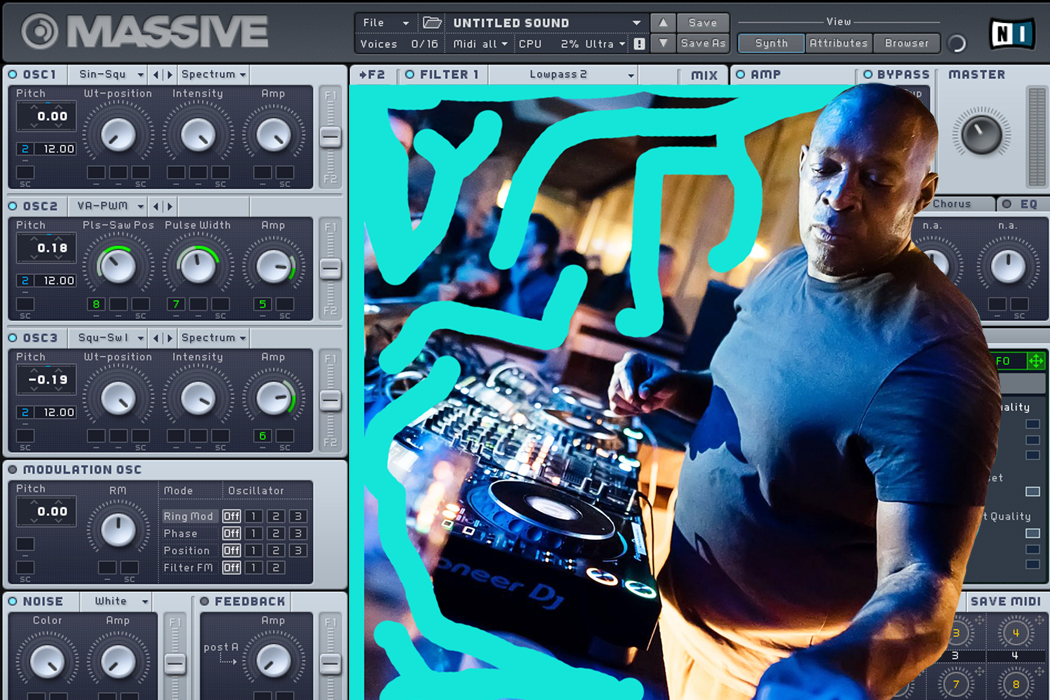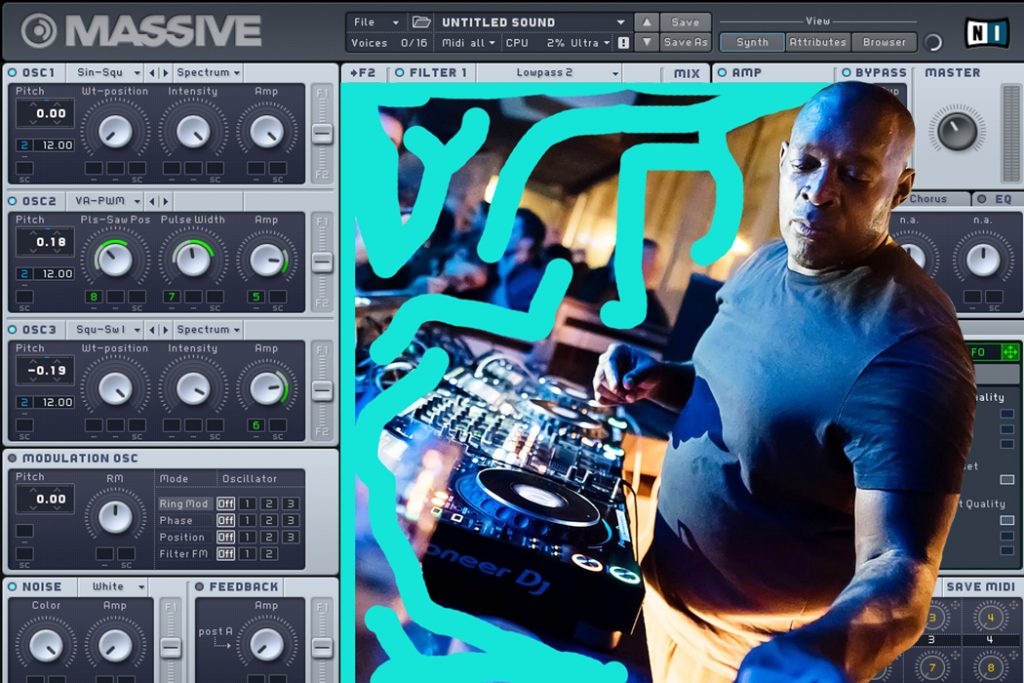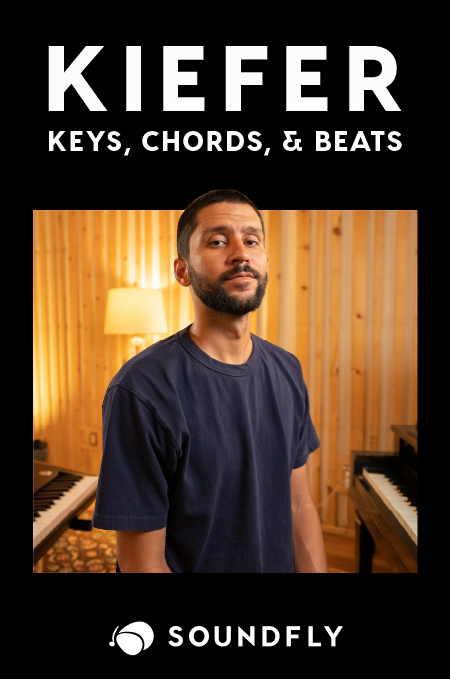
+ This is an excerpt from Soundfly’s Advanced Synths and Patch Design for Producers course. To access the rest of this lesson, plus hundreds of instructional videos and tutorials on production, songwriting, composing, beat making, mixing and more, subscribe here.
One of the most joyous developments of musical synthesis is the creation of truly never-before-heard sounds, and few realms of sound have seen more evolution than the wide world of bass.
From drum ‘n’ bass and jungle to dubstep and garage, even to big room and glitch hop, and to genres yet to be invented or defined, there are articulations and timbres in the bass realm that simply could not have been created (or at least not simply) with pre-existing musical technologies.
Let’s take a look at an early classic example of this: The Reese Bass.
But before we do, if you’re into histories like this, here’s our brief examination of the history of synthesizers, taken directly from our Advanced Synths and Patch Design for Producers course. Check it out:
Origins
The Reese Bass isn’t just a common preset one might see on a synthesizer, or something you’ve heard musicians talk about — it’s actually named after revolutionary DJ/producer Kevin Saunderson’s early side-project moniker, Reese.
In 1988, Saunderson dropped a dark, groovy dancefloor single called “Just Want Another Chance,” featuring a massive, warbly, chorused bass synth (beginning here at 0:16).
Does that sound familiar?
Unfortunately, Saunderson, an early Detroit techno producer, didn’t necessarily get recognition for the sound right away. It took time to disseminate the sound to those who were most craving it.
The Rise
The breakout moment for this legendary bass sound was when Ray Keith sampled the Reese record in the early ’90s for the jungle classic, “Terrorist,” under his moniker Renegade. Early rave producers who were starting the drum ‘n bass movement in the UK couldn’t get enough of this massive, pulsing, living, moving bass sound, and it ended up defining a good deal of what we know that genre to sound like, even through to this day!
Check out the Reese at 0:59:
Sidenote: Ray Keith is a KING of jungle and drum ‘n’ bass, and hearing him talk about his process is a true joy that we highly recommend!
Though drum ‘n bass is where this sound is most frequently heard, it also came to be a defining characteristic of other deep UK rave and dance music subgenres, like UK garage. Check out this classic example from the mysterious and legendary producer, Burial (0:55).
For another classic and dark example, heavily influenced by the garage movement, check out the intro track to Moderat’s 2013 full-length electronic indie-pop record, II — a track called “The Mark.” (~0:40)
The essence of this sound is its constant evolution and movement — it’s something we just wouldn’t see coming from a bass guitar or even an upright bass. Perhaps the closest possible emulation of this sound would be a chorus of upright basses in an orchestra, just ever so slightly adjusting their tuning in and out of sync from one another.
This sort of sound falls way beyond the common practice of most orchestral writing — it’s truly a new sound!
Dubstep, Neuro, and Beyond
While each of these genres owes everything to the early jungle producers (like the almighty Reese), these sub-genres heavily utilize intense Reese Basses and some more aggressive variants inspired by the style. As you’d imagine, these genres are constantly pushing the synth “envelope,” and it almost becomes tough to categorize the sounds after a certain point.
Check out Mefjus and Break’s wild tune, “Out of Time” (0:42).
What do you think of that bass sound?
Tools of the Trade
Saunderson has stated that he originally used a Casio CZ-5000 (a phase distortion synth!) back in the late ’80s when he first created this sound. He just messed with the patch and the oscillators until he got something he thought was interesting.
That’s one of the best parts of this patch — it’s simple, yet incredibly effective in making the hips move!
Nowadays, wavetable and FM synthesizers have become the go-to tools for making Reese basses. At the top of that list is probably three main tools: Native Instruments’ Massive and FM8, and Xfer’s Serum. While these can certainly be made with other synths, this trinity offers a ton of incredibly deep sound design tools to make some really amazing basses.
Now, head here to learn how to build the Reese Bass synth patch from Netsky’s drum ‘n’ bass classic, “Escape,” from scratch.
In the meantime, continue learning about synthesis and patch design with Soundfly’s exciting new course, Advanced Synths and Patch Design for Producers. Preview the course for free, and subscribe for access here.




